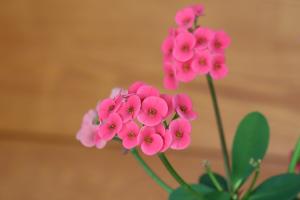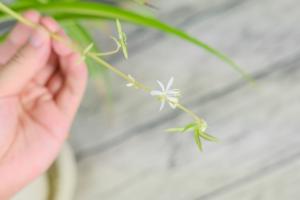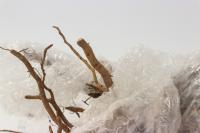1、 Curing method
1. Temperature: Blue flax likes a cooler environment, so it can be kept between 15 and 20 degrees. Too hot environment is very unfavorable to it, so try not to exceed 30 degrees, especially the muggy environment, which must be avoided. However, its cold resistance is relatively good

2. Light: Blue flax likes the environment with plenty of sunshine, but its ability to withstand semi shade is also good, but it can't be in a very dark place for a long time. Especially when growing up, you can't give no light at all. In addition, in winter, try to let it receive more light

3. Watering: Blue flax needs a lot of water at the seedling stage. Generally speaking, spraying water once or twice a day can meet its requirements, and the matrix needs to be kept wet all the time. When you grow up, you can slowly reduce the number of watering. You need to replenish water in time in case of drought

4. Fertilization: if the nutrients in the soil are insufficient, then the subsequent fertilization is more important. It's best to use organic fertilizer or compound fertilizer. However, excessive fertilization should not be allowed

2、 Breeding skills
1. Propagation: cutting method can be used. The substrate can be nutrient soil, river sand, peat soil, etc. The material can be healthy and thick branches, preferably the top. The best temperature after cutting is 18 to 25 degrees, and appropriate shade to avoid wound decay. In addition, it is also very important to supplement sufficient water

2. Pruning: the pruning of blue flax is mainly in the case of dry parts, diseases or insects. Pruning is a very good auxiliary measure. Moreover, it's best to repair it a little after flowering

3、 Diagnosis and treatment problems
1. Diseases: some diseases such as "root rot" will occur after excessive watering or ponding caused by untimely drainage in rainy season. In view of the rotten parts of the root system, it is necessary to take off the basin and repair the root system while spraying the medicine

2. Insect pests: there are not many pests at ordinary times, and the harm is not too great. If there are some, spray insecticides in time

4、 Other issues
1. Toxicity: it is non-toxic and harmless. Don't worry

2. Whether it can be raised at home: Yes. It is a common flower. Its flowers are very delicate, lovely and beautiful. It can not only be placed at home, but also decorate flower beds, etc


 jackfruit
jackfruit snake plant
snake plant hibiscus
hibiscus hydrangea
hydrangea lavender
lavender Green roses climb al...
Green roses climb al... If you don't pay att...
If you don't pay att... Management of four g...
Management of four g...


































